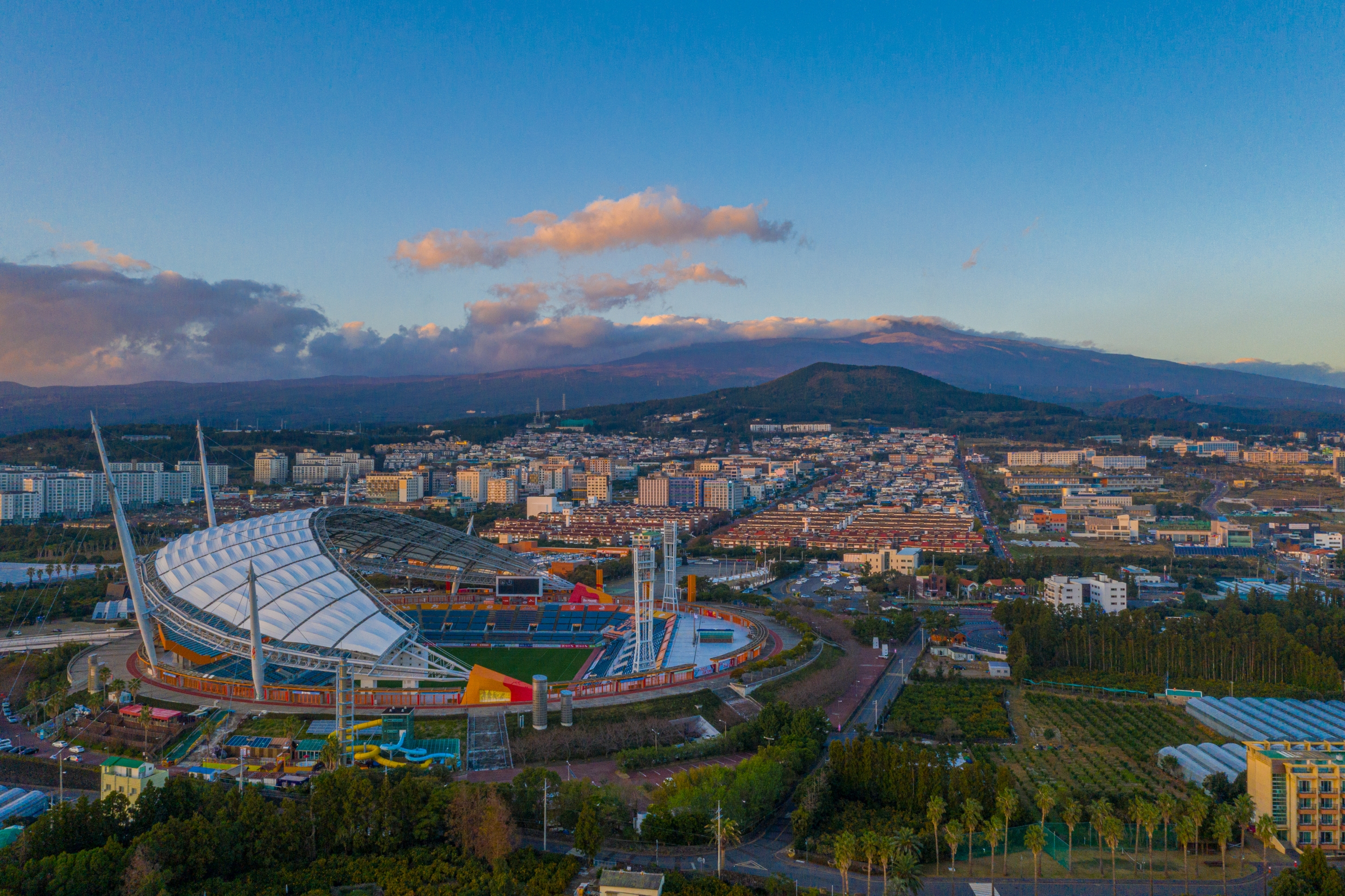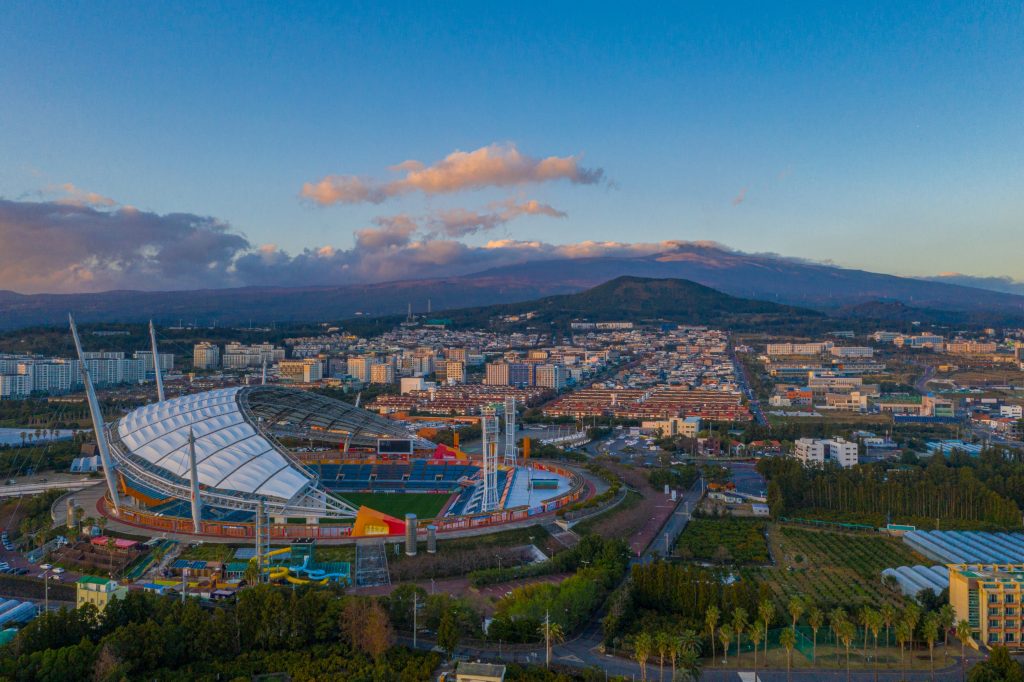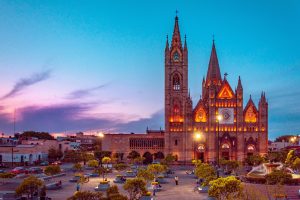
Football off the beaten path

For those who love Football, traveling, and exploring new cultures, a World Cup is a rare event that provides all-in-one. You can wake up in the morning to a fantastic view, continue the day with some sightseeing, and conclude with supporting your national team or as a neutral, just enjoy watching the world’s best football players.
It is very likely that many fans traveling to the 2022 World Cup have never been to Qatar and wouldn’t have made it a priority to visit if it weren’t for football’s biggest event. It is important to mention that many if not all of the stadiums built in these destinations shouldn’t have been erected in the first place because they were a tax-payer burden and had no economic and sportive justification after the tournament. Locals protested the unnecessary splurge, notably in Manaus and Mbombela, whereas in South Korea and Japan, the football authorities are struggling with the stadium legacy. The World Cup in Russia, now evident to everyone as one of the most significant sports washing events in history, will eternally be disgraced.
That doesn’t change the fact that these are bygones, and those who chose to visit these places must’ve had a fascinating experience. In this list, we review some of the previous off-the-beaten-path destinations which have also hosted World Cup games.
5. Yekaterinburg, Russia
Sitting well within Asia, more than 900 miles from Moscow, Yekaterinburg was the most eastern city to host games during the 2018 World Cup. With the Ural mountains on the outskirts, Yekaterinburg’s biggest attraction is… a cemetery for gang members who took crime levels to a peak in the city’s past decade’s dark history.
4. Manaus, Brazil
World Cup games played in the heart of the Amazon? Yup, four, to be exact, were played in the 2014 tournament in Manaus, the capital of Brazil’s Amazonas state. A city accessible to foreigners mainly by boat or plane, it is an entry point for tours of the world’s biggest rainforest. Reservations about the location, ranging from the distance to the climate, were heard off and on record. Those who eventually chose to come seemed like they had a blast.
3. Seogwipo, South Korea
Surrounded by nature, located on Jeju island, fans had the opportunity to combine football with daily trips to beaches, waterfalls, and mountain peaks. With a relatively small population and more of a town feeling than a bustling metropolis, Seogwipo must’ve been a completely different experience from the mega-cities that also hosted games during the competition.
2. Oita, Japan
With social media and an overall abundance of information, the topic of long-distance, costly travel for fans wishing to follow their teams has been widely discussed, especially in the two recent tournaments in the enormous Russia and Brazil. In 2002, the situation was not too different, with Italy playing their games in the northern Island-city of Sapporo, stopping over on the mainland in Kashima, and finishing their group stage in the southern Oita, also on an Island. The reward for those adventurous enough to make the trip came from hot springs, temples, lush mountains, and a monkey reserve, all at a reasonable distance from the stadium where the games took place.
1. Mbombela, South Africa
With 11 official languages, multiple ethnic groups, and a vast geographical and biodiversity, South Africa is a tourist gem regardless of any sporting event it hosts. For this reason, the 2010 World Cup, the first-ever on African soil, was an excellent opportunity for explorers who are also lovers of the game. Imagine hanging out on the beach, going on a safari, sipping wine on a local winery trip, climbing Table Mountain, visiting and learning about townships, and watching football on the same day. That was the case for fans traveling to the tournament. Whereas Cape Town, Johannesburg, and Durban are popular destinations during regular times, Mbombela (previously known as Nelspruit) offered a wilder experience. Close to Kruger National Park, one of the biggest game reserves in the world, and the borders with Mozambique and eSwatini, traveling fans could enjoy Africa in its purest form. The local stadium, designed to look like Giraffes with zebra-colored seats, showcases the surrounding biological heritage.



